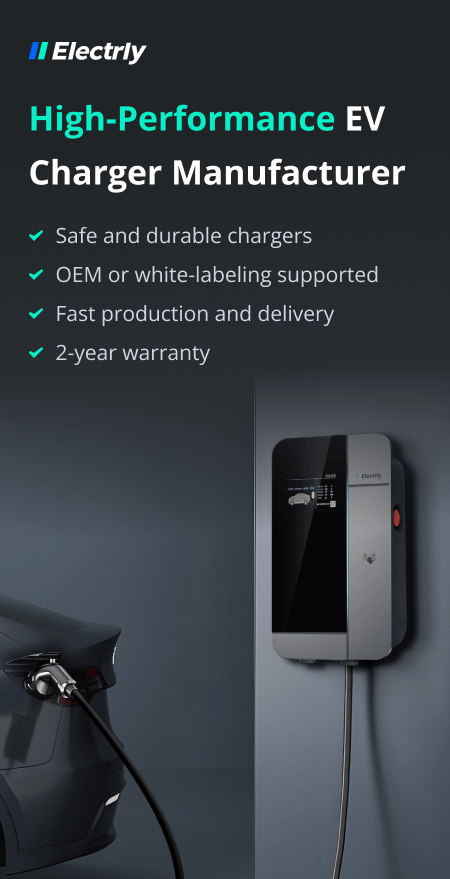How Does This EV Tax Credit Calculator Work?
This EV tax credit calculator is a tool that helps estimate the amount of tax credit an electric car buyer can receive.
The 2023 EV tax credit is calculated based on a vehicle’s manufacturing process. The exact amount you’ll receive depends on certain factors (explained below).
This calculator at Electrly combines information from the web into an estimate of what you’ll get back on your tax return.
To use the calculator, you must input details such as the make, model of the EV, and its battery capacity. For example, if you buy a Kia Niro PHEV, which has a battery pack size of 9 kWh, the estimated amount of federal tax credit you could receive is $4,585.
You can also use the calculator to get a general overview of which cars give you the most money back and see which brands and models are the most affordable.
What Is the EV Tax Credit?
The Inflation Reduction Act, or IRA, was signed into law by President Biden. It allocates hundreds of millions of dollars to encourage clean energy development. A portion of the $369 million will cover tax credits for certain people who purchase EVs, hydrogen fuel cell-powered cars, and certain hybrids.
The EV tax credit is exactly what it sounds like: a credit on your taxes. Your accountant will submit this as part of your yearly tax report, filed at the start of the following year. The amount you qualify for will be taken from what you owe the government.
The tax credit only applies to the year you bought the car, even if you don’t pay much in taxes.
Depending on the manufacturer, weight, and ownership status, you’ll receive between $2,500 and $7,500 in tax credits.
The laws apply to 2023. From 2024, you’ll receive the tax credit at the point of sale rather than inserting it in your tax return.
Note that the Inflation Reduction Act will expire in 2032.
What Cars Qualify for the EV Tax Credit?
The law is complex and difficult to summarize briefly. In general, the new EV tax credit can be attained if the following criteria apply:
- The car must be made in North America. This is officially designated by the VIN and is good news for Ford, Tesla, Jeep, Chrysler, GM, Toyota, Honda, and other US, Canada, or Mexico EV manufacturers. Certain foreign vehicles, including the VW ID.4 and Nissan Leaf, are also constructed on the continent.
However, imported cars won’t qualify, which is a massive hit for Kia, Hyundai, VW, Volvo, Audi, BMW, Skoda, and so on. The EU and South Korea have hinted at challenging this ruling, as it appears to break trade agreements.
- In 2023, 50% of the battery’s raw materials must come from the States or a free-trade agreement country. In 2024, this will rise to 60%, then 70% in 2025, and all the way to 100% in 2029. If this is met, the buyer receives half ($3,750) of their tax credit.
- In 2023, 40% of the raw materials for the EV must come from the US or a country with a free-trade agreement. This will climb to a peak of 80% in 2027. No battery parts can come from Russia, China, Iran, or North Korea. Assuming this criterion is met, the buyer will be eligible for the other $3,750.
Here’s the awkward thing. Very few electric vehicles currently on the market fulfill the criteria to qualify for the full $7,500 tax credit. As a result, it might take a couple of years before more people can claim the full amount, as supply chains need to be swiftly restructured.
Additionally, there is a tax credit available for specific pre-owned cars, which offers up to $4,000 or 30% of the purchase price, whichever is lower. However, this only applies to vehicles priced at $25,000 or less, and the purchase must be made through a dealership. Private sales are not eligible for this tax credit.
What Info Do You Need to Claim an EV Tax Credit?
Most EV dealerships know what documents to provide you with so you can claim your tax credit. However, ensure the paperwork includes the following:
- Sale date
- Name and TIN of buyer and seller
- Vehicle VIN and battery capacity
- Sale price
- Maximum tax credit the car is eligible for
- Proof that you're the original user
- Signatures and dates
How to Claim the Electric Car Tax Credit?
In 2023, you’ll claim your EV tax credits as part of your tax return on Form 8936.
From 2024, you’ll receive the credit at the point of sale as the process will be streamlined nationwide.
Other EV Rebates & Incentives
You’ll find all sorts of additional incentives, particularly from your own state. For example, you might be eligible for an additional $2,000 rebate in New York. Double-check that you can claim two tax cuts - most states won’t allow this.
Driving an EV also comes with other benefits on certain roads and cities, allowing access to places others can’t go.
Finally, manufacturers might offer discounts and other rewards or incentives if you purchase an EV. The same applies to charging companies.

